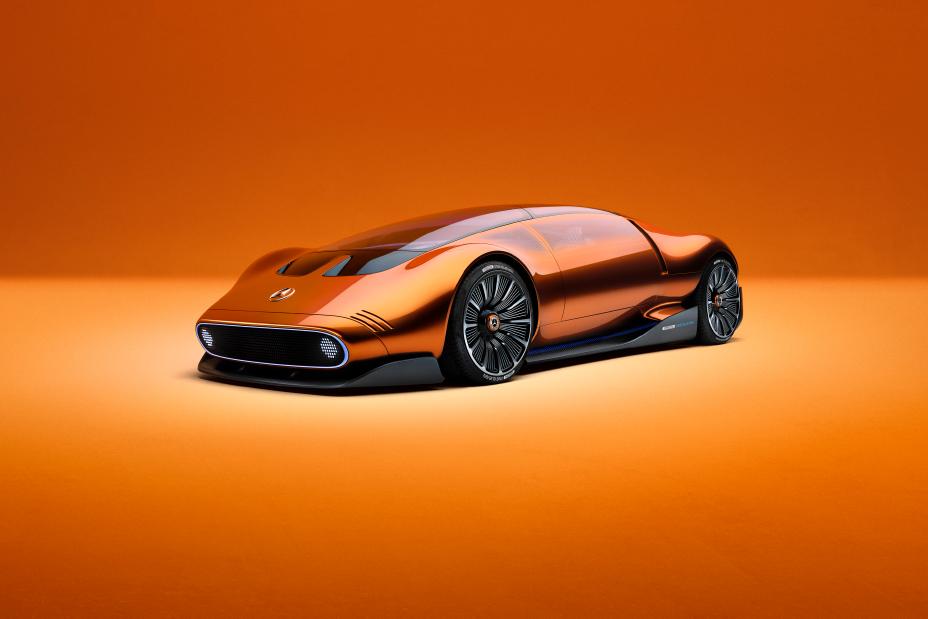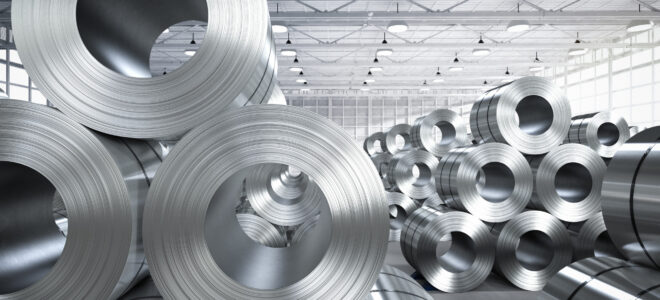For decades, vehicle manufacturing has relied on heavy materials like steel and iron to construct vehicles. But in recent years, a lightweight revolution has emerged – one that is ushering in the use of aluminum as an increasingly popular alternative for creating cars, trucks, and other forms of transportation.
This article will explore the emergence of aluminum in vehicle manufacturing – from its advantages over traditional materials to how it stands poised to shape the future of this industry. Well also look at what this means for the environment and consumers alike.
By examining these factors, we can better understand why embracing aluminum is becoming more commonplace throughout the automotive world.
The Aluminum Advantage: Exploring the Benefits of Lightweight Automotive Materials
Aluminum has become the go-to material for vehicle manufacturers looking to create lighter, more fuel-efficient vehicles. The Aluminum Advantage: Exploring the Benefits of Lightweight Automotive Materials examines how this metal is revolutionizing the automotive industry in terms of design, performance, and cost savings.
Aluminum was first introduced as a lightweight alternative to steel during World War II and since then it has become increasingly popular among automakers. Its strength-to-weight ratio makes aluminum an ideal choice for reducing weight without compromising safety or structural integrity.
Furthermore, its corrosion resistance properties make it durable enough to withstand even extreme weather conditions. The use of aluminum in cars also offers great economic advantages due to its lower manufacturing costs compared with traditional materials like steel.
This can lead to significant cost savings that are passed on directly from automakers to consumers resulting in lower prices for new vehicles with improved performance and better mileage ratings than ever before. Finally, when considering environmental impacts, aluminum production requires significantly less energy than other metals such as iron or steel making it a relatively eco-friendly option compared with traditional materials used in car construction. Additionally, because aluminum is so light yet strong at the same time, vehicles built using this material are typically more aerodynamic which means they require less fuel consumption overall leading to fewer emissions into our atmosphere over their lifetime of use.
Overall aluminum provides numerous benefits over traditional materials that have been traditionally used in car manufacturing by providing superior performance while still being lightweight and economical at the same time; all good reasons why many automakers have embraced this revolutionary material!
A Brief History of Aluminum in Vehicle Manufacturing

Source: aluminiuminsider.com
Aluminum has been a mainstay in vehicle manufacturing since the early 20th century. Before that, steel was the primary material used for car production.
But as aluminum became more widely available and its properties better understood, it quickly gained traction among automotive engineers. With its lightweight and strength characteristics, aluminum proved to be an ideal substitute for steel, which allowed manufacturers to create lighter vehicles with improved fuel efficiency.
In the 1950s, automakers began experimenting more with aluminum alloys to improve performance and reduce weight further. This led to advancements such as higher compression ratios for engines and increased frame rigidity due to thinner parts made of stronger materials – both features improving overall safety while also reducing fuel consumption.
The use of aluminum continued throughout the decades following World War II until today where almost every part of a modern automobile is made from this versatile metal alloy or its composites – from engine blocks to body panels!
Innovative Technologies for Optimizing Aluminum Strength and Durability
The emergence of aluminum in vehicle manufacturing has resulted in a lightweight revolution. Aluminum is being used increasingly as an alternative to more traditional materials due to its strength and durability when properly optimized.
Innovative technologies are now available for improving the performance of aluminum alloys, allowing manufacturers to create lighter vehicles without sacrificing safety or performance. For example, advanced heat treatments can be applied to increase the hardness and strength of aluminum components, while specialized processes such as superplastic forming can improve the way it responds under high-stress conditions.
Additionally, improved coatings like powder coating or ceramic coating provide greater protection from corrosion and wear-and-tear damage that could otherwise degrade its performance over time. This new generation of technologies presents exciting opportunities for embracing the power and potential of aluminum in vehicle manufacturing.
Financial Impact of Adopting Lightweight Construction Solutions

Source: www.hrw.org
The financial impact of adopting lightweight construction solutions in vehicle manufacturing cannot be understated. Aluminum is much lighter than traditional steel, and this reduces the weight of a car significantly.
When cars are lighter, they require less fuel to drive which results in higher gas mileage for consumers and lower costs for production companies. Additionally, aluminum requires fewer resources during production making it more cost-efficient overall.
As such, using lightweight construction solutions can help automakers save on materials as well as labor costs while still maintaining high-quality standards throughout the process. Furthermore, reducing the weight of a car also helps reduce emissions from vehicles, proving that adopting aluminum is both financially beneficial and environmentally friendly.
The emergence of aluminum has ushered in an entirely new era of automobile production that brings with it immense savings and progressive green technology advances – all at once!
Looking Ahead: Potential Future Developments in Automotive Design
As automakers strive to reduce vehicle weight, the use of aluminum has quickly become a popular solution. Looking ahead, potential future developments in automotive design could include greater utilization of lighter materials such as magnesium and carbon fiber composites.
The emergence of electric vehicles is another factor that will likely influence automotive design trends. Manufacturers have already begun to explore how lightweight construction can improve battery range and performance while reducing emissions from internal combustion engines.
Additionally, advances in automated driving technology are creating new opportunities for innovative designs that maximize safety and comfort while minimizing drag coefficients. Finally, designers are exploring ways to make cars more aesthetically pleasing through bolder shapes and improved aerodynamics which will ultimately help differentiate cars from one another on the road.
Conclusion

Source: media.mbusa.com
The emergence of aluminum in vehicle manufacturing has been a revolutionary step forward for the automotive industry. Aluminum vehicles are lighter, more efficient, and safer than their steel counterparts. This lightweight revolution is quickly changing the face of vehicle production and consumption, with many manufacturers beginning to transition towards an increasingly aluminum-based fleet.
As this trend continues to gain momentum in the future, we will likely continue to see further improvements in fuel economy and safety for consumers worldwide.




